The Gibbs Aquada: Kiwi Ingenuity Makes Waves Globally
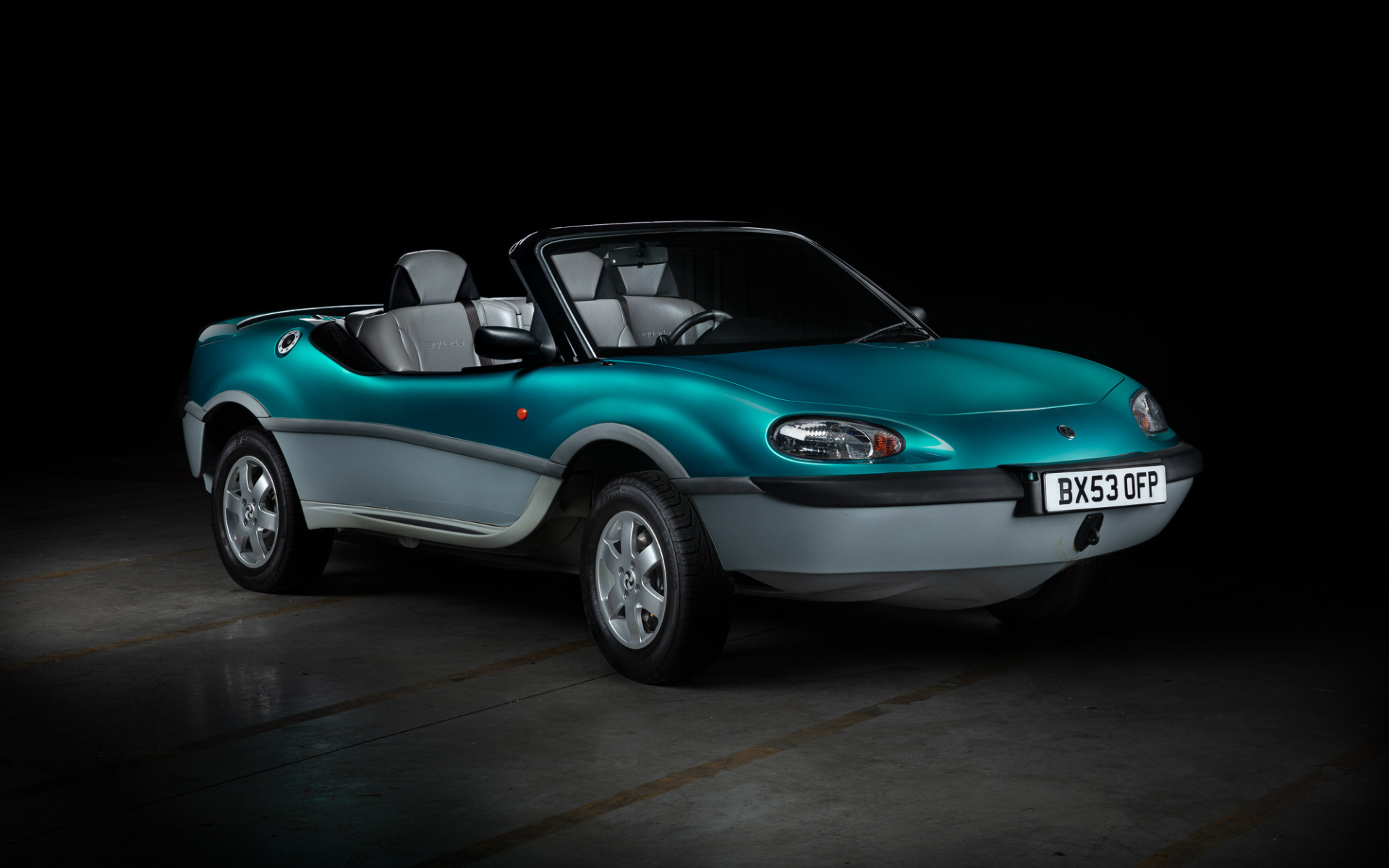
Recent additions to the MOTAT Collection are two vehicles by Gibbs Amphibians (Inc. 1994), an Aquada and Quadski. Gibbs Amphibians are a company leading innovative development for vehicles with the dual purpose of operating on land and in water, whether for leisure or business.
The relationship between Gibbs Amphibians and MOTAT started with the loan of a Quadski XL in 2020 for the exhibition, Accelerate: Driving New Zealand. However, the Gibbs Amphibians story took off with the Aquada, an object which arrived at its new home in the MOTAT Collection in November 2021.
The Aquada is a high-speed, 3-seater private vehicle developed in the late 1990s, and is capable of speeds over 160 kilometres per hour (100 mph) on land, and 50 kilometres per hour (31 mph; 27 knots) on water. Gibbs Amphibians spent significant time in the design phase, with the engineers working to produce an amphibian that would be successful on both land and water, as well as at the point of transitioning between the two. This transition to operate the vehicle in the water is done with the click of a button by the driver. In four seconds, the wheels retract, and a jet powered by the vehicle’s engine is engaged to propel the Aquada through the water.
In 1995 Alan Gibbs designed an amphibious catamaran, Ikarere, for use on the Kaipara mudflats near Auckland. This catamaran was named after his father’s (Theo Gibbs) boat – a 26-foot-long launch powered by an eight-cylinder engine that would speed along the Akaroa inlet on the Banks Peninsula, Christchurch. However, the wheels on the catamaran would get stuck in the mud and would be swamped when the tide came in, also highlighting the issue of weight in design to Gibbs. Soon after, Gibbs arranged a meeting with his neighbour, an ex-marine engineer, Terry Roycroft. Roycroft had been thinking about a car that could perform like a speedboat since the 1980s and had worked up the basis of a wheel retraction system and power train system to prevent drag for his ‘Sealander’. Roycroft lived in Manukau Heads at the time and was faced with what he saw as an hour and a half car drive to get to Auckland or a 30-minute boat trip in the Sealander.
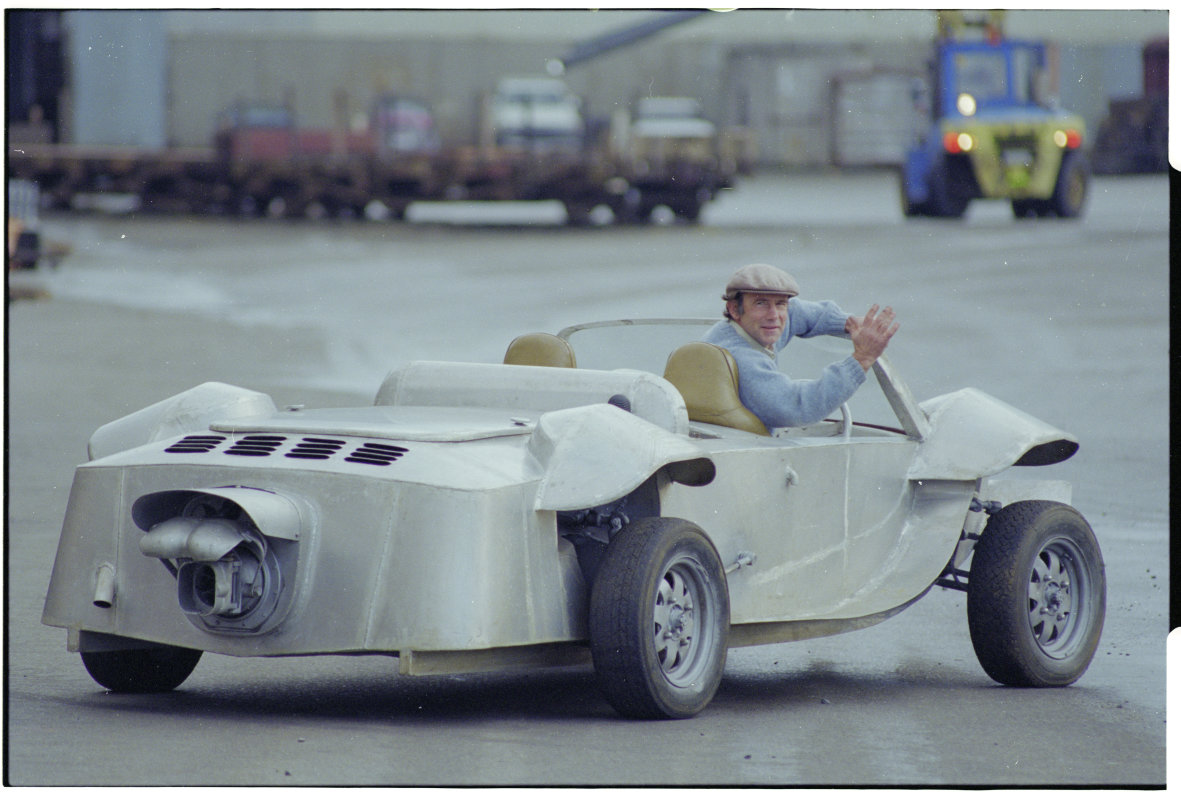
The Sealander was not the first amphibian, but what hampered previous attempts was its performance on the water. The 1960s Amphicar 770, for example, could only achieve a speed of 7 knots on water compared to the 27 of an Aquada. It was marketed between 1961 and 1968 as the world’s first mass-produced amphibious vehicle, produced in West Germany and most popular in America. Its wheels did not retract, but it was designed purposefully high off the ground for operation on water. In the case of any leaking, a bilge pump could be operated while the engine was running. However, its components also didn’t fare too well in water, making for a labour-intensive maintenance programme.
Roycroft had realised that to gain momentum on water, the wheels of an amphibian need to retract above the sea level. Arguably, this is now one of the key elements to amphibious success. Wheel position can impact hydrodynamic performance by adding drag on the hull – opposing forward movement. The Sealander was proof that there could be a cost-effective way to retract the wheels and a patent was first filed for this system in 1995. It is axle-driven with pivotable connections, as described in the patent abstract.
“An apparatus for retracting axle-driven wheels onboard an amphibious vehicle provides a retracting process by which the wheels of the vehicle may be moved from a land-support position to a water-borne position wherein the wheels are substantially above the waterline of the vehicle when afloat. The wheels are axle-driven, with pivotable connections allowing the axles to guide the retracting process; steering connections are pivotably able to follow the process, and steering motion is self-cancelling in the retracted mode...”
In 1996 Roycroft sold this intellectual property to Gibbs and the apparatus was further developed and eventually adopted for the Aquada. Gibbs Amphibians spent the next few years on research and investing significant finance into creating something that could become a viable market product. During this time, they were able to incorporate suspension into the wheel retraction system, invent a water-jet engine, and make advances in the design of the vehicle’s body. Over 300 patents were filed as part of the development of the wheel retraction system, which is retracted up into the body of the Aquada, highlighting an impressive engineering feat by the company.
Picking up on the design, the Aquada’s hybridity as a boat and road vehicle is apparent when you consider its sleek body. Without opening doors, you enter by jumping over the hull, the same way you would for a boat of similar size. This may seem novel, but is a design feature to help prevent leaks that could be caused by opening and closing doors – another key consideration for amphibious vehicle success. This is also the reason the vehicle doesn’t have a top so that seals don’t need to be relied upon to prevent leaking. These design elements were not ruled out for later production models but were not included in the pre-production models because of the focus on performance. Unlike a road-bound motor vehicle, you’ll also see the driver's seat is centrally positioned and passengers sit on either side of the operator.
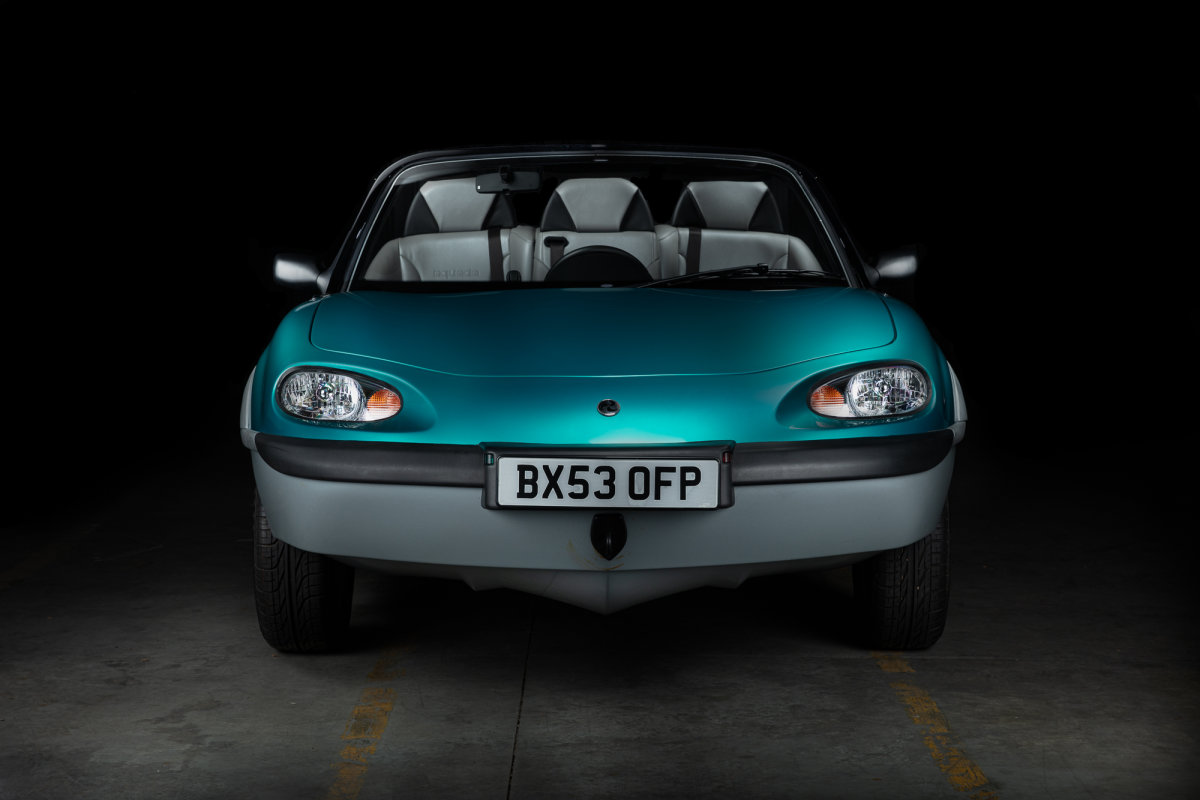
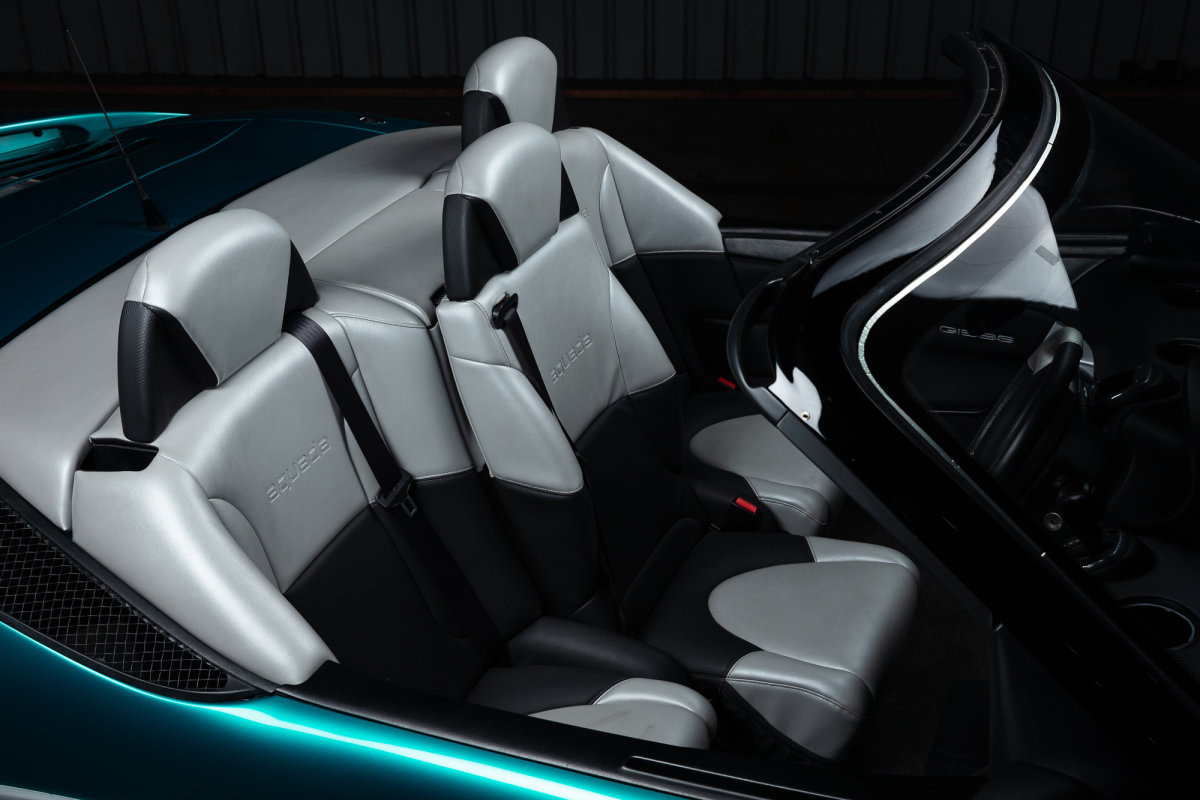
The Aquada was first showcased by Gibbs Amphibians on the Thames in London in 2003. It was to be marketed as a leisure product achieving unseen amphibious speeds and was positioned as such when Richard Branson set a record in 2004 for crossing the English Channel. However, it remained a limited production concept vehicle when the Land Rover Freelancer V-6 engine used in the Aquada was discontinued. Additionally, the vehicle did not satisfy safety standards in North America because of the exclusion of airbags, which were being set off whenever it would hit a wave!
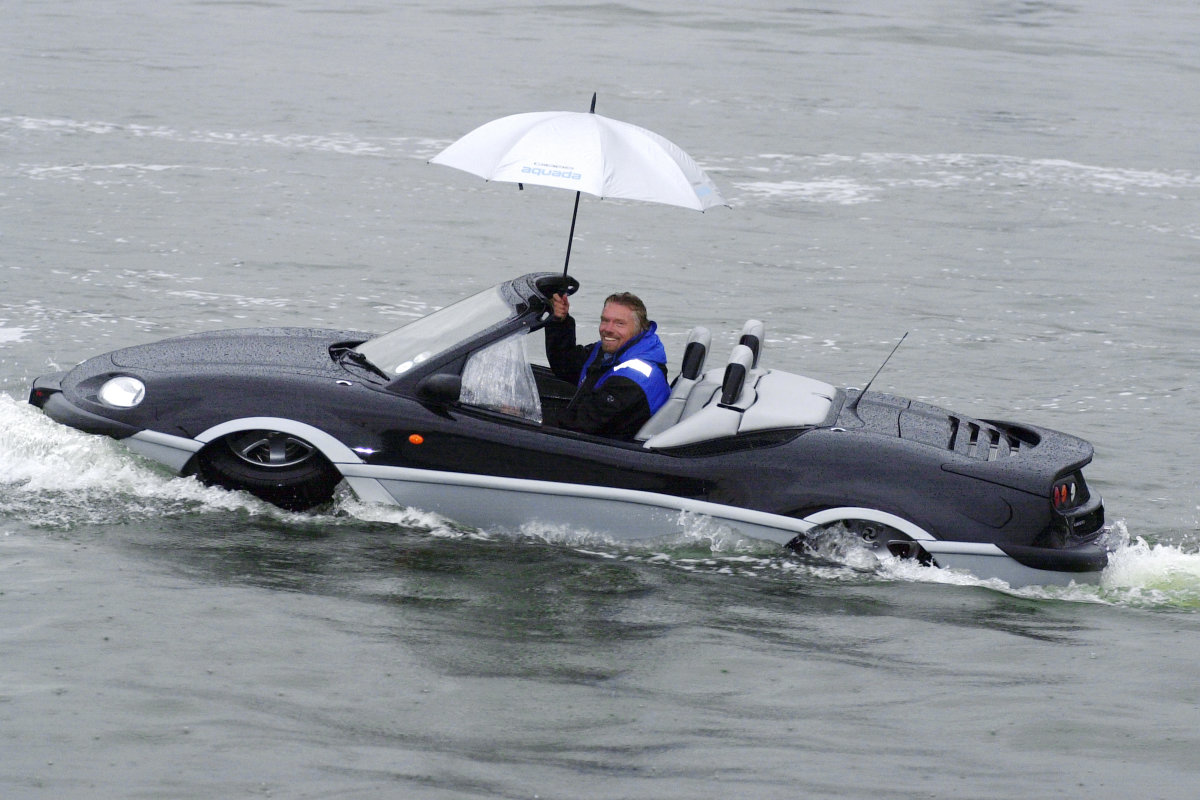
It remains a significant example and proof of concept to inform later Gibbs Amphibians products. Only 45 Aquada’s were made to test the market, with Time Magazine calling it one of the best inventions of 2003. MOTAT is now home to 1 of these 45, being manufactured in 2004.

Aquada Specifications:
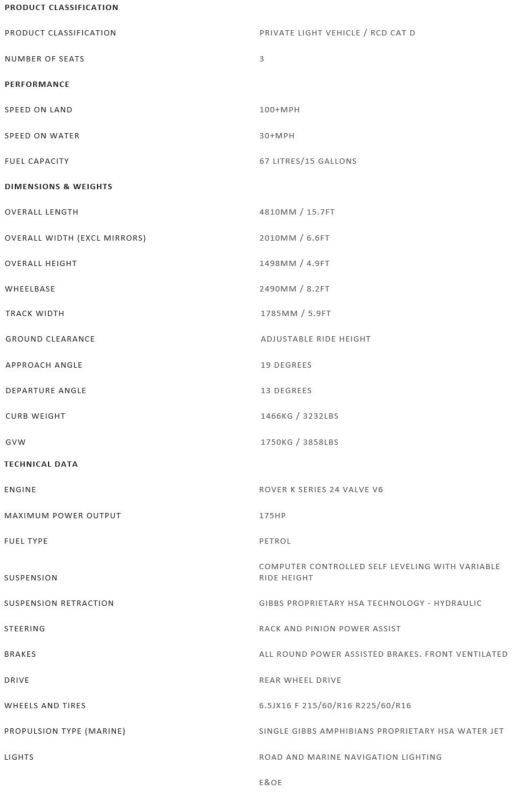
Story by Chelsea Renshaw, Transport Curator, MOTAT
Check out the Aquada at MOTAT in the Accelerate: Driving New Zealand exhibition! Or if you're further away, take a look at MOTAT's Collections Online.
Citation:
Renshaw, Chelsea 2022. MOTAT Museum of Transport and Technology. Published: 3 June 2022. URL: https://www.motat.nz/collections-and-stories/stories/the-gibbs-aquada-kiwi-ingenuity-makes-waves-globally